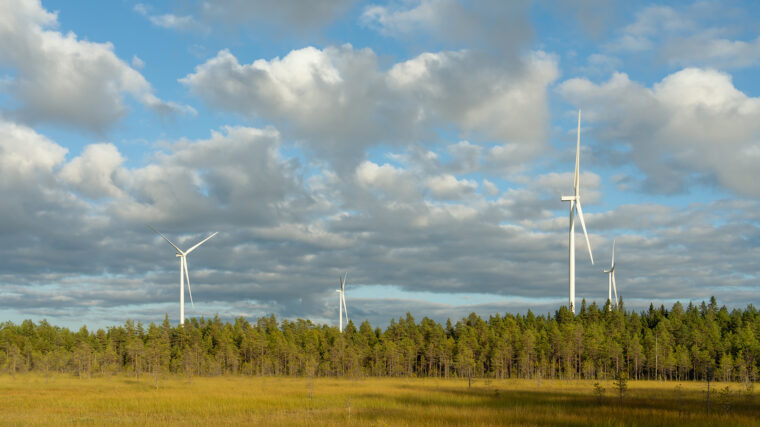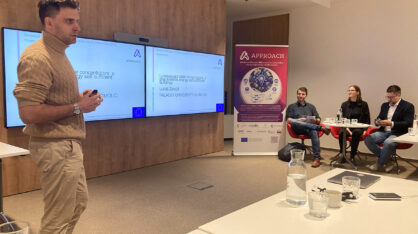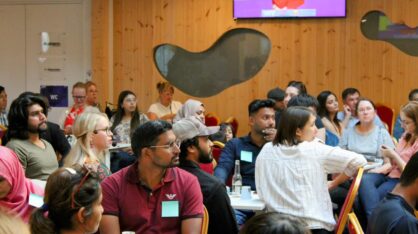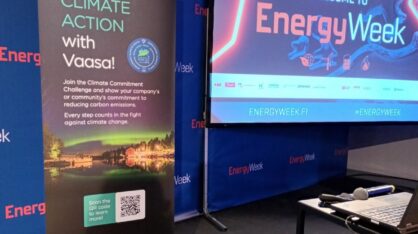Introduction
Wind power projects (WPPs) are pivotal in the transition to renewable energy. Wind energy is considered a highly viable renewable resource due to its cost-efficiency and sustainability, especially in comparison to other energy sources (Chien et al., 2021). However, they present various environmental, social and governance (ESG) challenges. This article is based on an interview (Mousavizadeh 2024) with a senior lecturer Toni Lustila in energy and environmental engineering, who has extensive experience in city planning and wind power projects. We delve into these challenges and explore potential mitigation strategies.
Environmental Challenges and Mitigation
The environmental impacts of WPPs are significant throughout their lifecycle, from construction to decommissioning. The construction phase demands substantial natural resources, including steel, copper, and rare earth minerals, which strain the environment. Decommissioning also poses challenges, particularly in recycling turbine components.
Wind farms can adversely affect soil conditions, water resources, and wildlife habitats. In Finland, specific concerns include the impact on protected species such as flying squirrels and bats, as well as large predator birds like hawks and eagles, which risk colliding with turbine blades.
To mitigate these impacts, careful selection and thorough environmental surveys are crucial. Identifying suitable locations that avoid critical habitats and conducting detailed studies on local wildlife can significantly reduce negative effects. Additionally, selecting sustainable sites and conducting good surveys about nature are essential steps in minimizing environmental impacts.
Social Challenges and Strategies for Acceptance
Social acceptance is crucial for the success of WPPs. Ensuring that local communities are involved in the planning process and see tangible benefits from the projects is essential. This includes fair land lease agreements and transparent communication with stakeholders.
Noise pollution, shadow flicker, and visual impacts from turbines can affect the well-being of nearby residents. Mitigating these issues through strategic turbine placement and selecting appropriate turbine types can improve community acceptance. Early engagement with stakeholders, including landowners, inhabitants, and local businesses, is vital for building trust and support.
In northern Finland, unique cultural and environmental factors, such as reindeer husbandry and untouched rural landscapes, add complexity to WPP development. The visual impact of large turbines, visible up to 30 kilometers away, can significantly alter the living environment, leading to resistance from local communities. Addressing these concerns through early and open discussions with all stakeholders, including tourism businesses, is vital for increasing acceptance.
Governance and Economic Considerations
Finland’s regulatory environment is generally favorable for wind energy projects, attracting investors. However, gaps in legislation, such as the lack of specific regulations for shadow flicker, create uncertainties. Offshore wind projects face legal complexities regarding water rights and developer selection. Wind farms can also interfere with military radar surveillance, particularly in eastern Finland.
Addressing these governance issues requires clear regulations and involvement of all relevant stakeholders. Ongoing legal renewal processes are a positive step towards resolving these issues. Ensuring that defense forces and other authorities are involved in the planning process can help mitigate conflicts and streamline project approvals.
Economic challenges include negotiating land lease agreements, securing project financing, and managing electricity price volatility. Power purchase agreements (PPAs) can stabilize revenue streams by setting agreed prices for electricity production. Developing hybrid energy parks that combine wind, solar, and battery storage technologies can diversify energy production and reduce financial risks.
Meeting ESG criteria is also crucial to make projects bankable. Banks are increasingly considering ESG factors in their lending criteria, making it essential for developers to plan and report their projects in a sustainable manner. Additionally, hybrid parks and energy storage solutions, such as hydrogen production, can help mitigate financial risks associated with volatile electricity prices.
Conclusion
The success of wind power projects hinges on addressing environmental, social, and governance challenges through careful planning, stakeholder engagement, and innovative economic strategies. By adopting these approaches, WPPs can contribute to a sustainable and socially accepted energy future.




